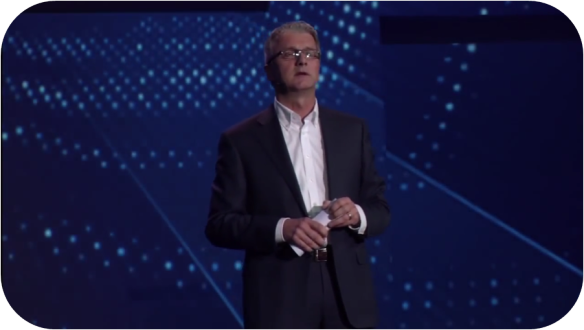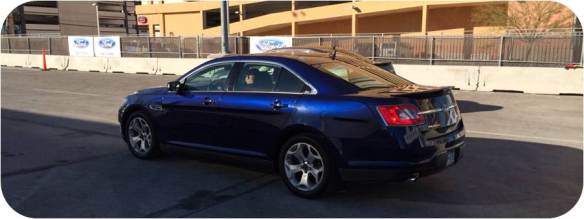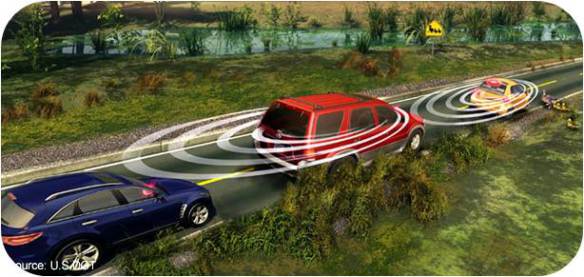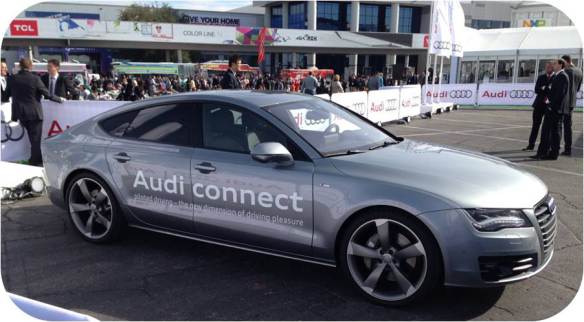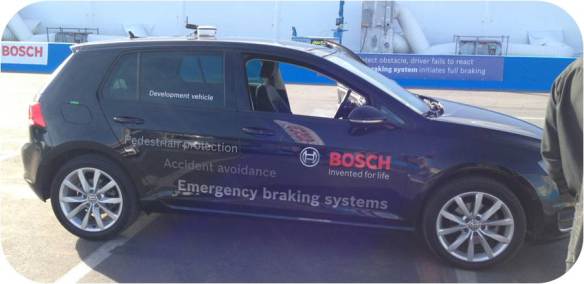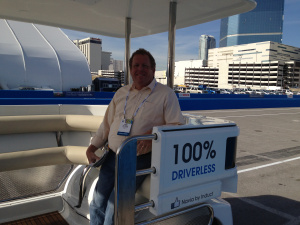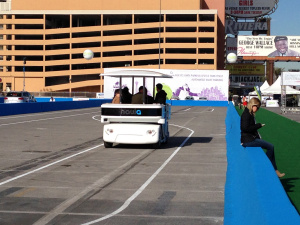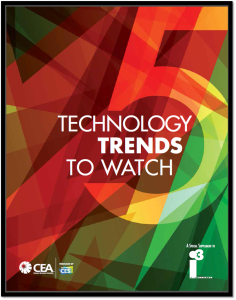On February 3rd, 2014, U.S. Transportation Secretary Anthony Foxx stated that the National Highway Traffic Safety Administration (NHTSA) would begin to take steps to enable Connected Vehicle Technology for light vehicles. Should the NHTSA be making the same announcement for heavy trucks?
There were approximately 800,000 heavy or tractor-trailer truckers on U.S. highways at the end of 2012[1]. Heavy trucks are a vital part of the U.S. economy. They carry close to 70% of our nation’s freight and are the backbone of a $642B transportation business[2]. The trucking industry is essential to U.S. Economic health, but has a safety record that has caused the government to increase its regulations and oversight mandating that truck drivers spend less time driving because of safety concerns.
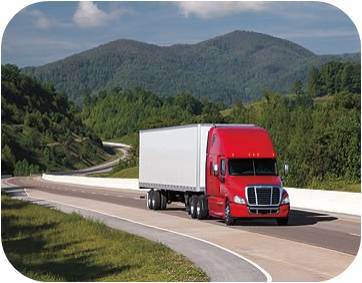
Figure A – Typical Tractor-Trailer (courtesy of Freightliner Trucks)
In 2012, 3,921 were people killed and 104,000 people injured in crashes involving 317,000 heavy trucks (gross vehicle weight rating greater than 10,000 pounds)[3]. In the same year, heavy trucks were involved in 8.3%[3] of all fatal crashes, yet drove about 10%[2] of all miles driven on U.S. roads and highways. In his announcement, Secretary Foxx stated: “connecting all of the nation’s vehicles could reduce non-alcohol-related traffic accidents by as much as 80 percent”. However, if this doesn’t include heavy trucks could this really be possible?
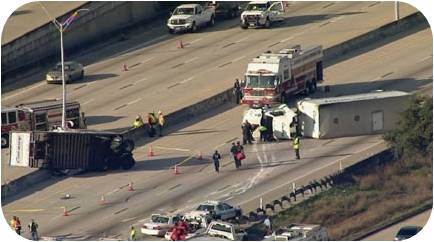
Figure B - Heavy Truck Accident (courtesy of KHOU.com)
Is Connected Vehicle Technology the solution to improve safety with heavy trucks? Connected Vehicle Technology is based on Vehicle to Infrastructure (V2I) and Vehicle to Vehicle (V2V) communication.
V2V - Connected vehicles communicate directly with one another within a 1000 foot radius. They broadcast their location, speed, direction and status plus other data in a safety message 10 times per second. If a connect vehicle suddenly decelerates, i.e. the driver slams on brakes, other connected vehicles in its path would be alerted almost instantly. This would mean that a chain collision could likely be avoided. U.S. DOT studies state that 80% of all multiple vehicle crashes could be prevented through V2V communication. Based upon this, the number of heavy truck crashes that cause injury could have been reduced from 77,000 to 15,400 and 3100 lives could have been saved.
V2I – With V2I communications, Connected Vehicles get real time road information about congestion, traffic accidents, or weather conditions through messages. This will allow truckers to re-route their connected vehicles to avoid congestion and thus save fuel and time. It will also increase the real time accuracy for estimating arrival times of heavy trucks.

Figure C - Connected Vehicles communicating with each other
Secretary Foxx’s recent statement to start the regulatory process mandating all new light vehicles come equipped with V2V communications capabilities signifies that the DOT feels that it is time to move Connected Vehicle Technology from R&D to deployment.
We believe the U.S. DOT, following its recent announcement about light vehicles, must announce in 2014 that it will mandate that future new heavy trucks have Connected Vehicle capabilities as well. With more than 8% of all vehicle fatalities involving heavy trucks, the U.S. must mandate this technology for all vehicles including heavy trucks. Additionally, the value of this technology improves greatly as the percentage of vehicles that broadcast the safety message increases. If the government doesn’t put the same requirements on heavy trucks that they have on light vehicles, it eliminates 10% of the opportunities for reducing crashes. And most critically, we’re eliminating it with vehicles that create the highest likelihood for a fatality in a crash - heavy trucks. Once deployed, Connected Vehicle technology will dramatically improve safety for both trucks and every other vehicle on the road.
To get a firsthand view of what it is like to ride in a Connected Vehicle, read our Connected Car Ride blog entry. There we describe live demonstrations of prototype Connected Vehicles we experienced at the 2014 Consumer Electronics Show (CES). You can also see a video of a connected car around the 1:58 mark of this video from c|net.
[2] US DOT RITA Pocket Guide to Transportation - 2013


